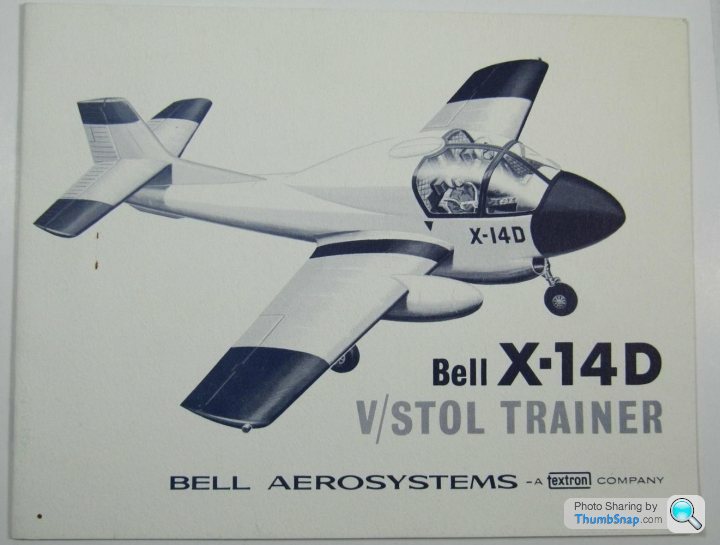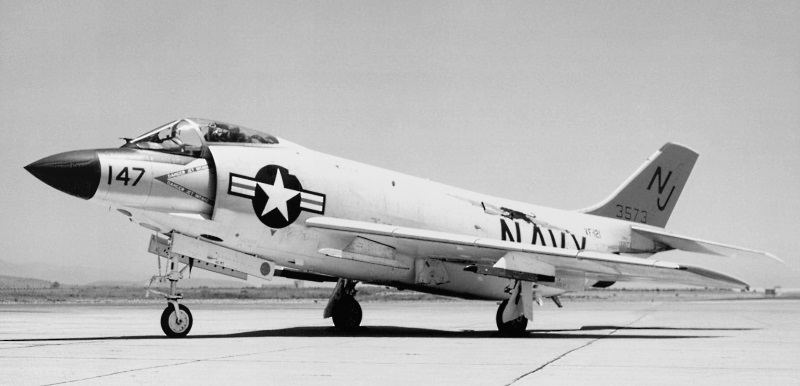Post amazingly cool pictures of aircraft (Volume 3)
Discussion
Skyrocket21 said:
I've been an aviation enthusiast all my life, especially regarding military planes. My parents were discussing their trip to the Exeter Airport airshow in 1969. So I looked for photos of that show, up popped this plane, I know a lot about the Blackburn Buccaneer that replaced it and the Harriers, Tornados, Lightnings etc. I've never seen one of these, a Supermarine Scimatar, it looks like the Harrier inherited a lot of DNA from this design, only ever 76 built, is it a forgotten plane?
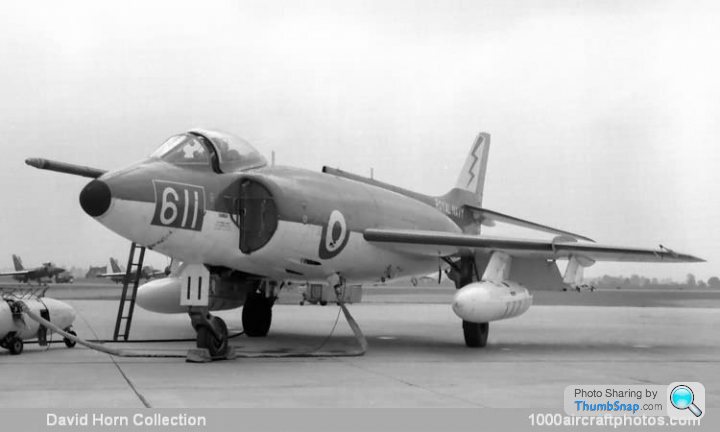
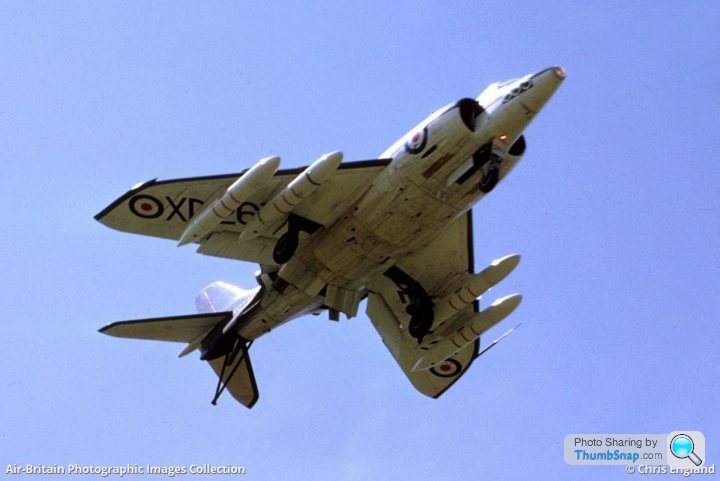
With over half of them lost in accidents, it wasn't a particularly successful design, with a few aerodynamic quirks ( e.g. pitch-up at high speed ) limiting its usefulness 

Skyrocket21 said:
I've been an aviation enthusiast all my life, especially regarding military planes. My parents were discussing their trip to the Exeter Airport airshow in 1969. So I looked for photos of that show, up popped this plane, I know a lot about the Blackburn Buccaneer that replaced it and the Harriers, Tornados, Lightnings etc. I've never seen one of these, a Supermarine Scimatar, it looks like the Harrier inherited a lot of DNA from this design, only ever 76 built, is it a forgotten plane?


No connection with the Harrier as far as I know. Largely forgotten, only a couple left and certainly none flying. Pilots liked it but it had a high accident rate even by the standards of the Fleet Air Arm. Could well have made more sense for the RN to buy Skyhawks instead, Strange how Supermarine didn't produce anything decent since the obvious. 

The Buccaneer didn't really replace the Scimitar. It was built to a very different specification and operational requirement - and was a more advanced and better aircraft all round - although the original S1 variant had its own issues.
The Scimitar was typical of may British designs of the early/mid 1950s. It morphed out of a requirement that never materialised i.e. an undercarriageless carrier based attack aircraft. The Navy were initially hesitant about using jets on their ships because they felt they were underpowered and not suitable to the demands of ship borne operations. With early engines having low thrust settings and a slow throttle response, they had a point. One solution was to keep airframe weight down and one way to do this would be to leave out the undercarriage and its related operating system.
The original concept aircraft was the Supermarine 508 which, as well as designed to test the undercarriageless system, also featured a V "butterfly tail".


You may have noticed that it was, actually, fitted with an undercarriage. That's because the notion of leaving off the undercarriage was seen to be rather impractical and by the time the 508 eventually flew, engines had improved so weight was no longer the problem it was.
Eventually, the butterfly tail was abandoned too and the final design emerged, via the 525, as the Scimitar.

The Scimitar was typical of may British designs of the early/mid 1950s. It morphed out of a requirement that never materialised i.e. an undercarriageless carrier based attack aircraft. The Navy were initially hesitant about using jets on their ships because they felt they were underpowered and not suitable to the demands of ship borne operations. With early engines having low thrust settings and a slow throttle response, they had a point. One solution was to keep airframe weight down and one way to do this would be to leave out the undercarriage and its related operating system.
The original concept aircraft was the Supermarine 508 which, as well as designed to test the undercarriageless system, also featured a V "butterfly tail".


You may have noticed that it was, actually, fitted with an undercarriage. That's because the notion of leaving off the undercarriage was seen to be rather impractical and by the time the 508 eventually flew, engines had improved so weight was no longer the problem it was.
Eventually, the butterfly tail was abandoned too and the final design emerged, via the 525, as the Scimitar.

One recurrent theme associated with British jets of that era was a lack of directional stability, yet no-one seemed at the time to make the connection that they all seemed to have relatively tiny ( by modern standards ) vertical fins  Supermarine seemed to be particularly bad for this
Supermarine seemed to be particularly bad for this
 Supermarine seemed to be particularly bad for this
Supermarine seemed to be particularly bad for thisHi, I just wanted to say thank you for all the informative posts about the Supermarine Scimitar, especially from Eric, my Harrier musing , the cockpit and engine nacelles kind of look proportionally similarish, I guess it's more function over form, it's an interesting aircraft and history.
On aircraft and their tails ... the F14 Tomcat was originally designed with a single fin tail.
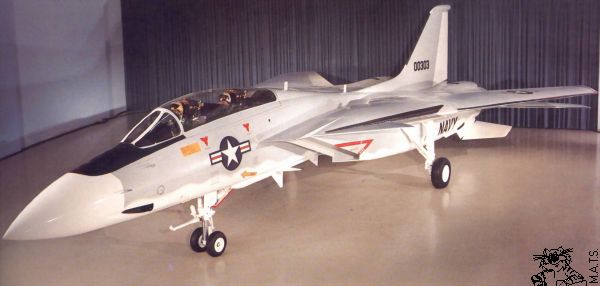
The US Navy rejected it and insisted on twin tails as they were concerned about controlling asymmetric thrust in the event of an engine failure, particularly as the engines relatively far apart. They fuselage was wide because the designers wanted the wing pivot points to be wide apart so that the centre of pressure didn’t move too far back when the wings were swung fully back.

The US Navy rejected it and insisted on twin tails as they were concerned about controlling asymmetric thrust in the event of an engine failure, particularly as the engines relatively far apart. They fuselage was wide because the designers wanted the wing pivot points to be wide apart so that the centre of pressure didn’t move too far back when the wings were swung fully back.
Ayahuasca said:
On aircraft and their tails ... the F14 Tomcat was originally designed with a single fin tail.

The US Navy rejected it and insisted on twin tails as they were concerned about controlling asymmetric thrust in the event of an engine failure, particularly as the engines relatively far apart. They fuselage was wide because the designers wanted the wing pivot points to be wide apart so that the centre of pressure didn’t move too far back when the wings were swung fully back.
I'd like to know why twin tails would be more effective at countering assymetric thrust than a properly selected single. Surely biplane interference would kill most of the advantage that the increased wing area would offer?
The US Navy rejected it and insisted on twin tails as they were concerned about controlling asymmetric thrust in the event of an engine failure, particularly as the engines relatively far apart. They fuselage was wide because the designers wanted the wing pivot points to be wide apart so that the centre of pressure didn’t move too far back when the wings were swung fully back.
AER said:
Ayahuasca said:
On aircraft and their tails ... the F14 Tomcat was originally designed with a single fin tail.

The US Navy rejected it and insisted on twin tails as they were concerned about controlling asymmetric thrust in the event of an engine failure, particularly as the engines relatively far apart. They fuselage was wide because the designers wanted the wing pivot points to be wide apart so that the centre of pressure didn’t move too far back when the wings were swung fully back.
I'd like to know why twin tails would be more effective at countering assymetric thrust than a properly selected single. Surely biplane interference would kill most of the advantage that the increased wing area would offer?
The US Navy rejected it and insisted on twin tails as they were concerned about controlling asymmetric thrust in the event of an engine failure, particularly as the engines relatively far apart. They fuselage was wide because the designers wanted the wing pivot points to be wide apart so that the centre of pressure didn’t move too far back when the wings were swung fully back.
MartG said:
AER said:
Ayahuasca said:
On aircraft and their tails ... the F14 Tomcat was originally designed with a single fin tail.

The US Navy rejected it and insisted on twin tails as they were concerned about controlling asymmetric thrust in the event of an engine failure, particularly as the engines relatively far apart. They fuselage was wide because the designers wanted the wing pivot points to be wide apart so that the centre of pressure didn’t move too far back when the wings were swung fully back.
I'd like to know why twin tails would be more effective at countering assymetric thrust than a properly selected single. Surely biplane interference would kill most of the advantage that the increased wing area would offer?
The US Navy rejected it and insisted on twin tails as they were concerned about controlling asymmetric thrust in the event of an engine failure, particularly as the engines relatively far apart. They fuselage was wide because the designers wanted the wing pivot points to be wide apart so that the centre of pressure didn’t move too far back when the wings were swung fully back.
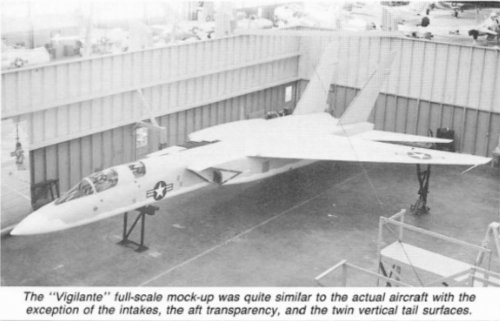
AER said:
Ayahuasca said:
On aircraft and their tails ... the F14 Tomcat was originally designed with a single fin tail.

The US Navy rejected it and insisted on twin tails as they were concerned about controlling asymmetric thrust in the event of an engine failure, particularly as the engines relatively far apart. They fuselage was wide because the designers wanted the wing pivot points to be wide apart so that the centre of pressure didn’t move too far back when the wings were swung fully back.
I'd like to know why twin tails would be more effective at countering assymetric thrust than a properly selected single. Surely biplane interference would kill most of the advantage that the increased wing area would offer?
The US Navy rejected it and insisted on twin tails as they were concerned about controlling asymmetric thrust in the event of an engine failure, particularly as the engines relatively far apart. They fuselage was wide because the designers wanted the wing pivot points to be wide apart so that the centre of pressure didn’t move too far back when the wings were swung fully back.
https://youtu.be/SsUCixAeZ0A
The Phantom was quite an interesting one from what I read. The no doubt oversimplified story was that ideally it would have had a much taller fin but that wouldn't fit in a carrier hangar. So it has a very small fin with the horizontal tail surfaces angled down to provide more vertical area at the tail. But that reduced stability so the outer sections of the wings need extra dihedral. Not sure if twin tail fins were considered.
MartG said:
AER said:
Ayahuasca said:
On aircraft and their tails ... the F14 Tomcat was originally designed with a single fin tail.

The US Navy rejected it and insisted on twin tails as they were concerned about controlling asymmetric thrust in the event of an engine failure, particularly as the engines relatively far apart. They fuselage was wide because the designers wanted the wing pivot points to be wide apart so that the centre of pressure didn’t move too far back when the wings were swung fully back.
I'd like to know why twin tails would be more effective at countering assymetric thrust than a properly selected single. Surely biplane interference would kill most of the advantage that the increased wing area would offer?
The US Navy rejected it and insisted on twin tails as they were concerned about controlling asymmetric thrust in the event of an engine failure, particularly as the engines relatively far apart. They fuselage was wide because the designers wanted the wing pivot points to be wide apart so that the centre of pressure didn’t move too far back when the wings were swung fully back.
Dr Jekyll said:
The Phantom was quite an interesting one from what I read. The no doubt oversimplified story was that ideally it would have had a much taller fin but that wouldn't fit in a carrier hangar. So it has a very small fin with the horizontal tail surfaces angled down to provide more vertical area at the tail. But that reduced stability so the outer sections of the wings need extra dihedral. Not sure if twin tail fins were considered.
I heard that the tail drooped 'cos somebody trod on the blueprints, the wings are bent as the hanger doors accidentally got shut on the prototype and the lack of a gun was due to sabotage by an F-8 pilot... Teddy Lop said:
MartG said:
AER said:
Ayahuasca said:
On aircraft and their tails ... the F14 Tomcat was originally designed with a single fin tail.

The US Navy rejected it and insisted on twin tails as they were concerned about controlling asymmetric thrust in the event of an engine failure, particularly as the engines relatively far apart. They fuselage was wide because the designers wanted the wing pivot points to be wide apart so that the centre of pressure didn’t move too far back when the wings were swung fully back.
I'd like to know why twin tails would be more effective at countering assymetric thrust than a properly selected single. Surely biplane interference would kill most of the advantage that the increased wing area would offer?
The US Navy rejected it and insisted on twin tails as they were concerned about controlling asymmetric thrust in the event of an engine failure, particularly as the engines relatively far apart. They fuselage was wide because the designers wanted the wing pivot points to be wide apart so that the centre of pressure didn’t move too far back when the wings were swung fully back.
Gassing Station | Boats, Planes & Trains | Top of Page | What's New | My Stuff




